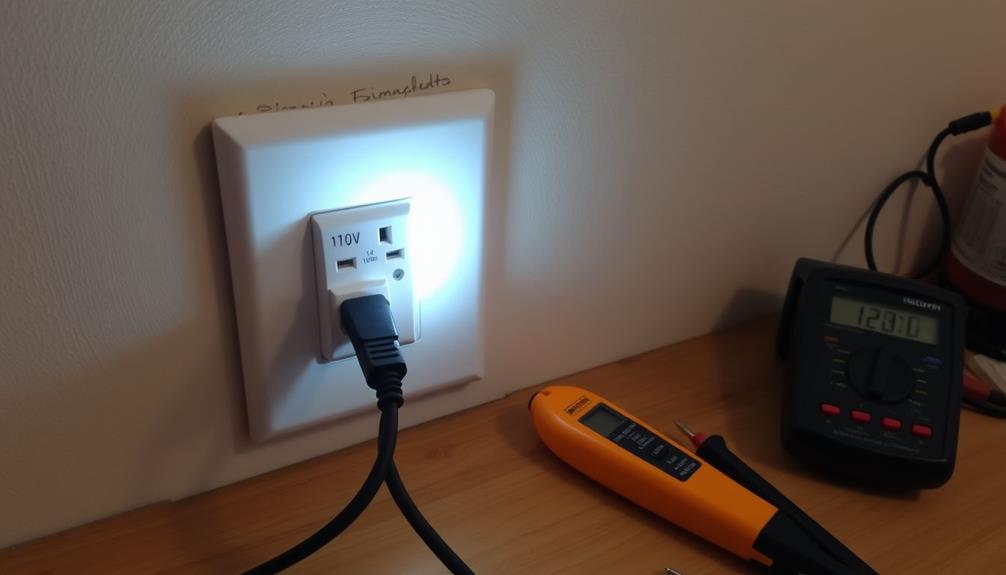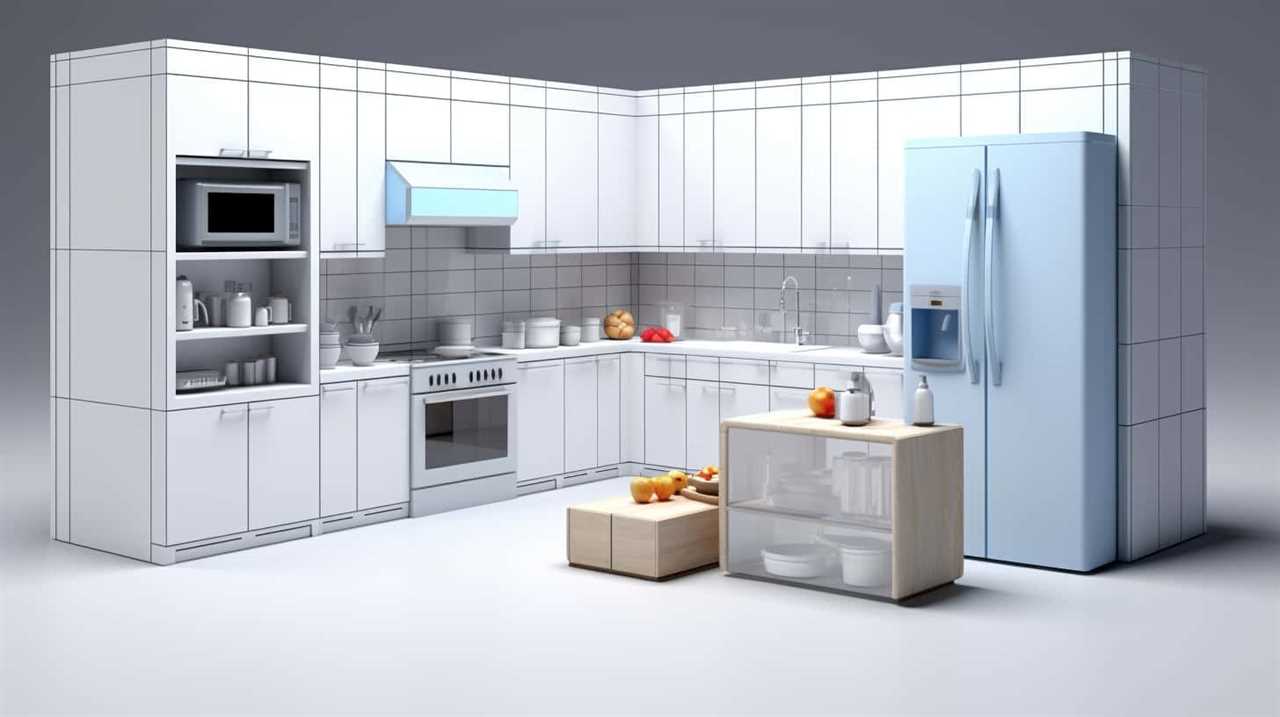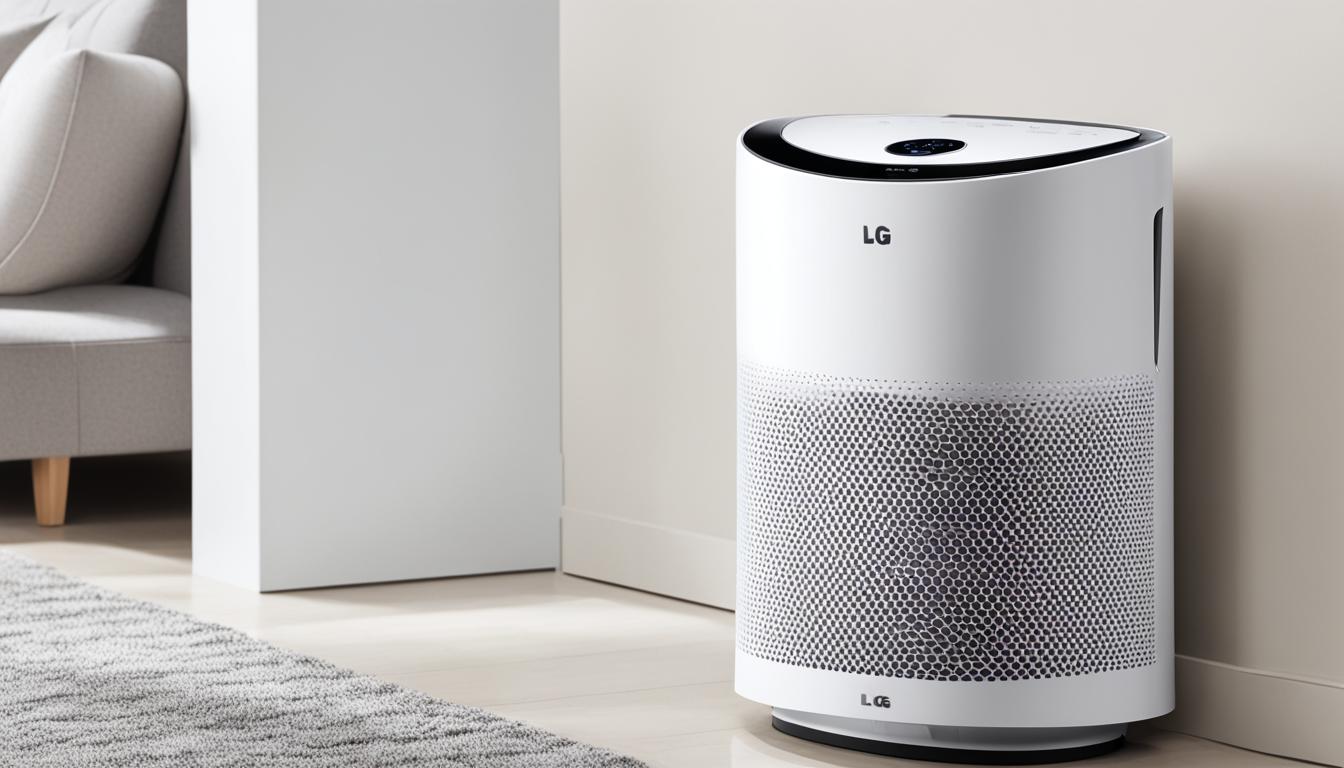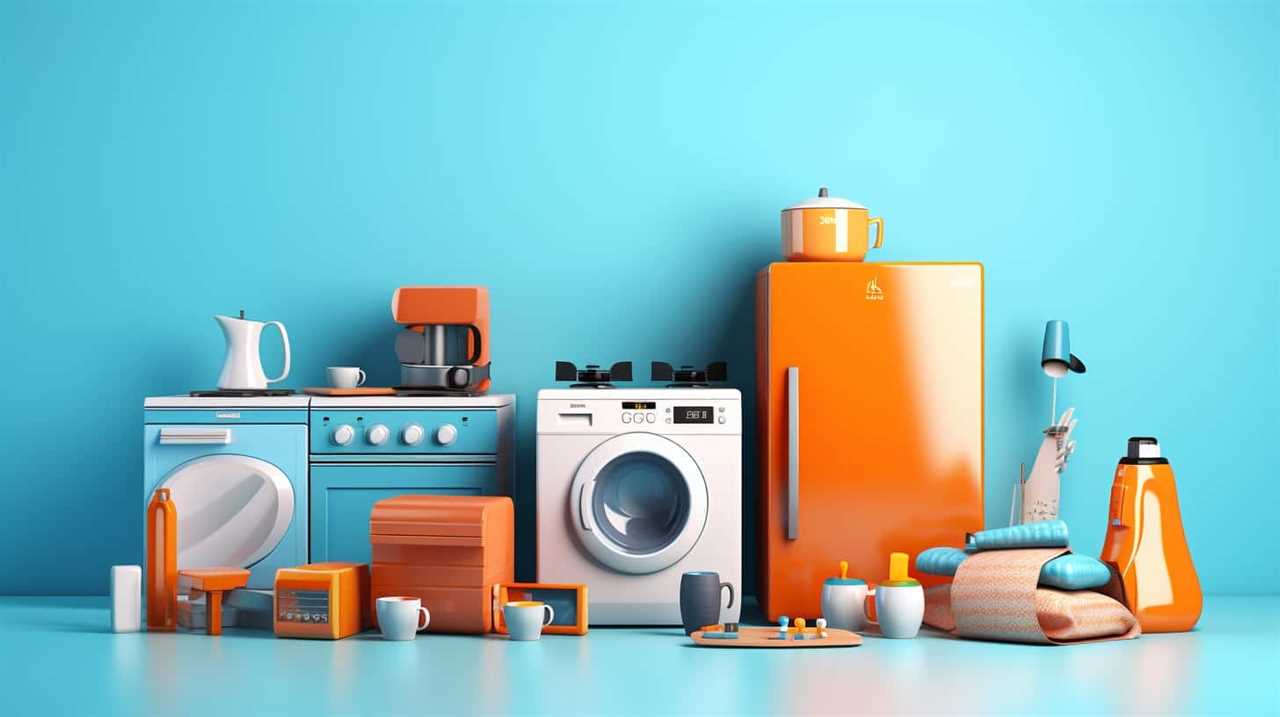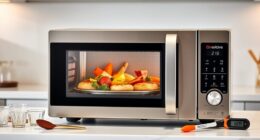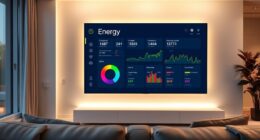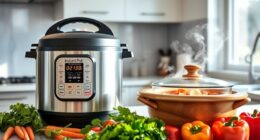You can usually use 110V appliances with a 120V power supply without major problems. Most appliances have a voltage tolerance of about 10%, so they can operate within this range. However, running them for extended periods on 120V can lead to overheating and shorter lifespans. To mitigate risks, it's wise to use voltage converters or surge protectors. Regularly check for signs of stress, like unusual sounds or overheating. Always verify your appliance's voltage specifications beforehand to guarantee safety and efficiency. There's more to take into account about using these appliances that could help you avoid issues down the line.
Key Takeaways
- 110V appliances can typically operate safely on 120V due to a tolerance range of about 10%.
- Long-term use of 110V appliances on 120V may cause overheating and reduce lifespan due to increased wear.
- Using voltage converters or transformers can help prevent damage to 110V appliances when connected to a 120V supply.
- Regular inspections for overheating and unusual sounds are crucial to ensure safe operation of 110V appliances on 120V circuits.
- Always verify appliance specifications and consider using surge protectors to mitigate risks of voltage spikes.
Understanding Voltage Compatibility
Understanding voltage compatibility is vital for safely using appliances in your home. In North America, most modern appliances operate on a standard voltage of 120V, while older ones were often rated at 110V. This difference can lead to confusion, especially when running a 110V appliance.
Fortunately, most appliances have a voltage tolerance of about 10%, which means they can function effectively within a range that includes both 110V and 120V. Additionally, many gas appliances can operate independently of electrical supply, which may alleviate some concerns regarding power fluctuations gas appliances and power outages.
When you plug in a 110V appliance into a 120V outlet, you mightn't notice immediate issues, as voltage fluctuations typically range from 119V to 122V in U.S. outlets. However, it's important to remember that long-term operation of a 110V appliance on 120V can cause increased wear and overheating, ultimately reducing the appliance's lifespan.
Before using any appliance, always check its voltage specifications. Running a 110V appliance outside its rated input can lead to performance issues and safety risks.
Risks of Overvoltage
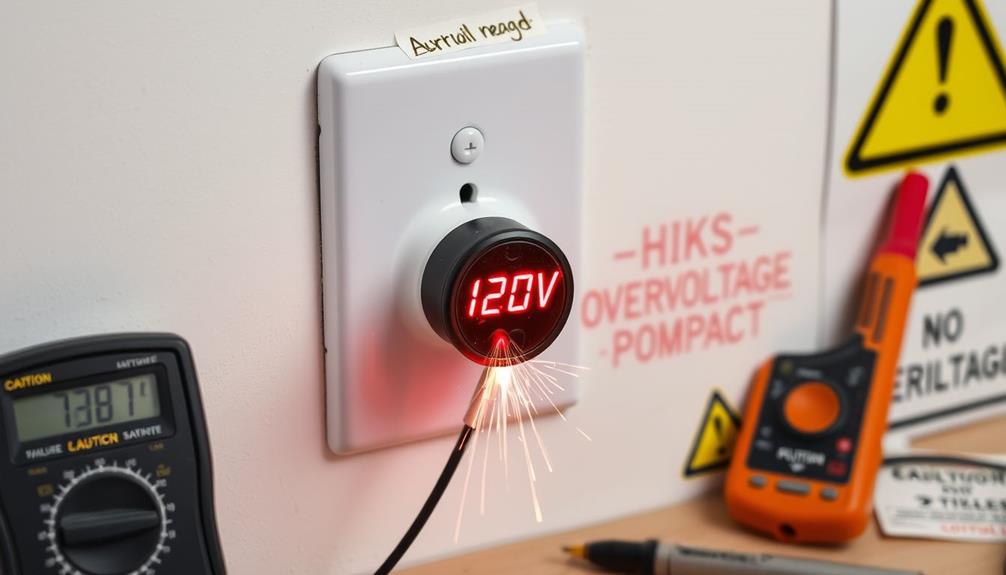
Using a 110V appliance on a 120V circuit introduces several risks that can affect both performance and safety. One major concern is overvoltage, which can lead to overheating due to excess current draw. This excess heat increases the likelihood of damage over time, especially to motors and compressors, which may operate louder or hotter under these conditions.
Additionally, the importance of maintaining appliances for peak performance is similar to the way regular maintenance guarantees peak performance in air purifiers, highlighting the need for careful usage.
Sensitive electronics are particularly at risk; elevated voltage levels can result in malfunctions or even permanent failures. If you run your 110V appliances at 120V for extended periods, you may greatly shorten their usable lifespan as components become stressed and wear out faster.
Moreover, the risks of overvoltage extend beyond just appliance performance. There are serious safety concerns, including the potential for electrical shocks and fire hazards. If your appliances aren't designed to handle the increased voltage, the consequences could be severe.
Safe Usage Tips

To keep your 110V appliances safe when plugged into a 120V power supply, consider using a voltage converter or transformer. These devices step down the voltage, helping to prevent damage caused by overvoltage.
Additionally, some devices, similar to Garage Door Openers, come equipped with modern technology that enhances safety and performance. Before plugging in any appliance, always check its voltage specifications. Many modern devices can tolerate minor fluctuations, but it's better to be cautious.
Regularly inspect your appliances for signs of overheating or unusual sounds during operation. These indicators could mean the appliance is struggling with the higher voltage, and it's essential to address the issue promptly.
Additionally, plugging your 110V appliances into surge protectors can greatly mitigate the risk of voltage spikes that might cause damage or malfunction.
To further prolong the lifespan of your appliances, limit their usage duration on a 120V circuit. Continuous operation can increase wear and tear, leading to potential failures down the line.
Appliance Certification Importance

When it comes to ensuring the safe operation of your appliances, certification plays a vital role. In the U.S., appliances should ideally have UL (Underwriters Laboratories) or similar agency certification. This certification guarantees that your appliance has been tested for safe operation within specified voltage ranges, greatly reducing the risk of electrical hazards.
Understanding the importance of proper care and maintenance, like dog grooming needs, can also enhance the longevity of your appliances.
Here are some key reasons why appliance certification is important:
- Safety Assurance: Certified appliances are tested for compliance with safety standards, minimizing risks like overheating and electrical malfunctions.
- Consumer Protection: Many retailers refuse to accept returns on non-certified appliances, making it essential to choose certified products.
- Warranty Coverage: Uncertified devices often come with limited warranties, meaning repairs or replacements may not be covered if the appliance fails during use.
Voltage Reduction Options
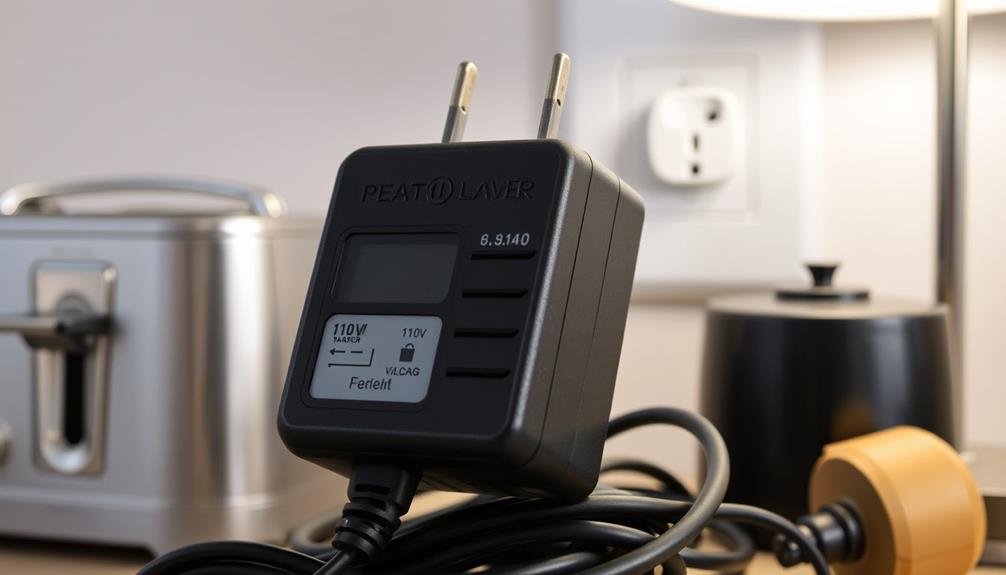
When you're looking to use 110V appliances with 120V power, understanding voltage reduction options is key.
Geothermal energy utilizes the earth's internal heat for various applications, highlighting the importance of efficient energy use.
Buck-boost transformers and voltage regulators can help you safely lower the voltage to the needed level, but you'll want to take into account their costs and benefits.
Let's explore how these solutions can protect your appliances while being budget-friendly.
Transformer Types and Benefits
Transformers play an essential role in adapting electrical systems, especially when it comes to using 110V appliances with a 120V power supply. One effective way to guarantee safe operation is by using buck-boost transformers. These devices are specifically designed to adjust voltage levels, allowing your 110V appliances to run smoothly on a 120V supply.
Implementing proper voltage management strategies can help protect your savings and guarantee your appliances function safely.
Here are some benefits of using transformers:
- Versatility: They can accommodate various wattage ratings, guaranteeing compatibility with different appliances.
- Safety Margin: A 1500W-rated transformer is ideal for appliances needing up to 1300W, preventing overheating.
- Convenience: Installing the transformer near your breaker box enhances safety and ease of access.
Additionally, you might consider voltage regulators for stabilizing the voltage supplied to your appliances. However, it's vital to verify transformer specifications before purchasing to avoid potential damage caused by incorrect voltage levels.
Always place transformers on stable surfaces, away from flammable materials, to minimize risks. By understanding the types and benefits of transformers, you can confidently use your 110V appliances with a 120V power supply.
Voltage Regulators Overview
Many people overlook the importance of voltage regulators in guaranteeing appliances operate safely and efficiently. These devices adjust and stabilize the voltage supplied to your appliances, making certain they receive the appropriate level for safe operation. With some regulators offering a tolerance range of ±10%, they can handle fluctuations in voltage supply while protecting sensitive devices.
Here's a quick comparison of voltage regulator options:
| Type | Wattage Range | Key Features |
|---|---|---|
| Basic Plug-and-Play | 100W – 500W | Easy to use, guarantee compatibility |
| Mid-Range | 500W – 1500W | Adjustable settings, greater protection |
| High-Power | 1500W – 2000W+ | Advanced features, suitable for heavy-duty appliances |
When selecting a voltage regulator, it's essential to match it with your appliance's wattage requirements. Regular maintenance and monitoring can help guarantee they function correctly and prevent potential overheating or failure over time. By using voltage regulators, you can confidently and safely operate your 110V appliances with 120V power without compromising their longevity or performance.
Cost-Effective Solutions
If you're looking for cost-effective ways to operate your 110V appliances safely on a 120V power supply, several voltage reduction options are worth considering. Implementing these solutions is vital for protecting sensitive devices and enhancing overall security posture in your electrical system, as AI security provides robust defenses against cyber threats.
Here are a few solutions that can help you maintain safe voltage levels:
- Buck-boost transformers: These devices effectively reduce 120V power to 110V, making them suitable for your appliances.
- Voltage regulators: A simpler and often more affordable option, voltage regulators maintain consistent voltage levels, preventing potential overvoltage damage to sensitive devices.
- Professional installation: Having a professional install your voltage reduction devices guarantees safety and compliance with electrical standards.
Weighing the costs of these solutions against purchasing new 120V appliances is important. While a transformer or regulator may seem like an upfront expense, they can provide long-term benefits for multiple 110V devices.
For instance, a 2000W transformer with multiple voltage taps offers flexibility, accommodating various appliances while guaranteeing safe operation.
Choosing the right voltage reduction option can save you money and protect your equipment in the long run. So, explore these cost-effective solutions to keep your 110V appliances running smoothly on a 120V power supply!
Community Insights and Experiences

You've probably heard mixed reviews about using 110V appliances on a 120V supply. Many users share their experiences, highlighting common issues like overheating and shorter lifespans.
It's important to reflect that holistic lifestyle approaches can also be applied when dealing with appliance safety, emphasizing the need for careful monitoring and maintenance.
What're your thoughts on using these appliances, and have you faced any challenges?
User Experiences Shared
Using 110V appliances on 120V circuits is a common practice, and users have plenty of insights to share. Many folks report that their 110V appliances run without issues on 120V, provided they keep an eye out for overheating or unusual sounds.
Some users have noted that similar to how cats can recognize their owner's voice and scent, appliances may also show signs of strain if they aren't suited for the voltage. However, some community members warn that long-term use might wear down the appliances faster due to the higher voltage.
Here are some key takeaways from user experiences shared:
- Monitor Performance: Regularly check your appliance for any signs of strain or malfunction.
- Consider Voltage Regulators: Some users recommend using voltage regulators or converters, especially for sensitive devices, to guarantee safe operation.
- Read Reviews: Before plugging in, always check appliance specifications and user reviews to assess compatibility.
Specific appliances, like rice cookers, tend to perform well on 120V, but caution is advised.
Common Issues Encountered
While many users have had positive experiences running 110V appliances on 120V circuits, it's important to recognize that some common issues can arise. One major concern is overheating and increased wear, particularly in motors and compressors, due to higher starting currents. Many older appliances can handle up to 121V, but long-term exposure may reduce their lifespan.
Here's a quick overview of potential issues:
| Issue | Description |
|---|---|
| Overheating | Increased heat can damage internal components over time. |
| Performance Issues | Some appliances may run louder or less efficiently. |
| Safety Hazards | Risk of electrical shocks or fire without voltage regulation. |
Community members emphasize the importance of checking voltage tolerance. Users also recommend using surge protectors and voltage converters to minimize risks. While your 110V appliance might work fine on a 120V circuit initially, always consider these common issues to guarantee safety and longevity.
Frequently Asked Questions
Are 110 and 120 Volts the Same?
You might think 110 and 120 volts are the same, and they often are used interchangeably. However, 120 volts is the official standard in the U.S., with many appliances designed to handle this slight difference effectively.
Can I Plug a 115 Volt Appliance Into a 120V Outlet?
You can plug a 115V appliance into a 120V outlet, and it should work fine. Just keep an eye on it for any overheating or unusual performance to avoid potential damage over time.
What Will Happen if You Plug in a 220V Appliance Into a 120V Outlet?
If you plug a 220V appliance into a 120V outlet, it may underperform or fail completely. Curiously, 90% of such appliances can't handle the lower voltage, risking damage and voiding warranties. Use a converter!
Can I Plug 120V to 100v?
You can plug a 120V appliance into a 100V outlet, but it might underperform or not work at all. Long-term use could cause inefficiencies, so check the manufacturer's specs for safe operation.
Conclusion
In summary, using 110V appliances with 120V power can often be safe, but it's essential to stay informed. Coincidentally, just like you wouldn't wear shoes two sizes too big, you shouldn't push appliances beyond their design limits. By understanding voltage compatibility and taking precautions, you can enjoy the convenience without risking damage. So, be mindful and check certifications, because a small step in awareness can lead to a giant leap in safety.
